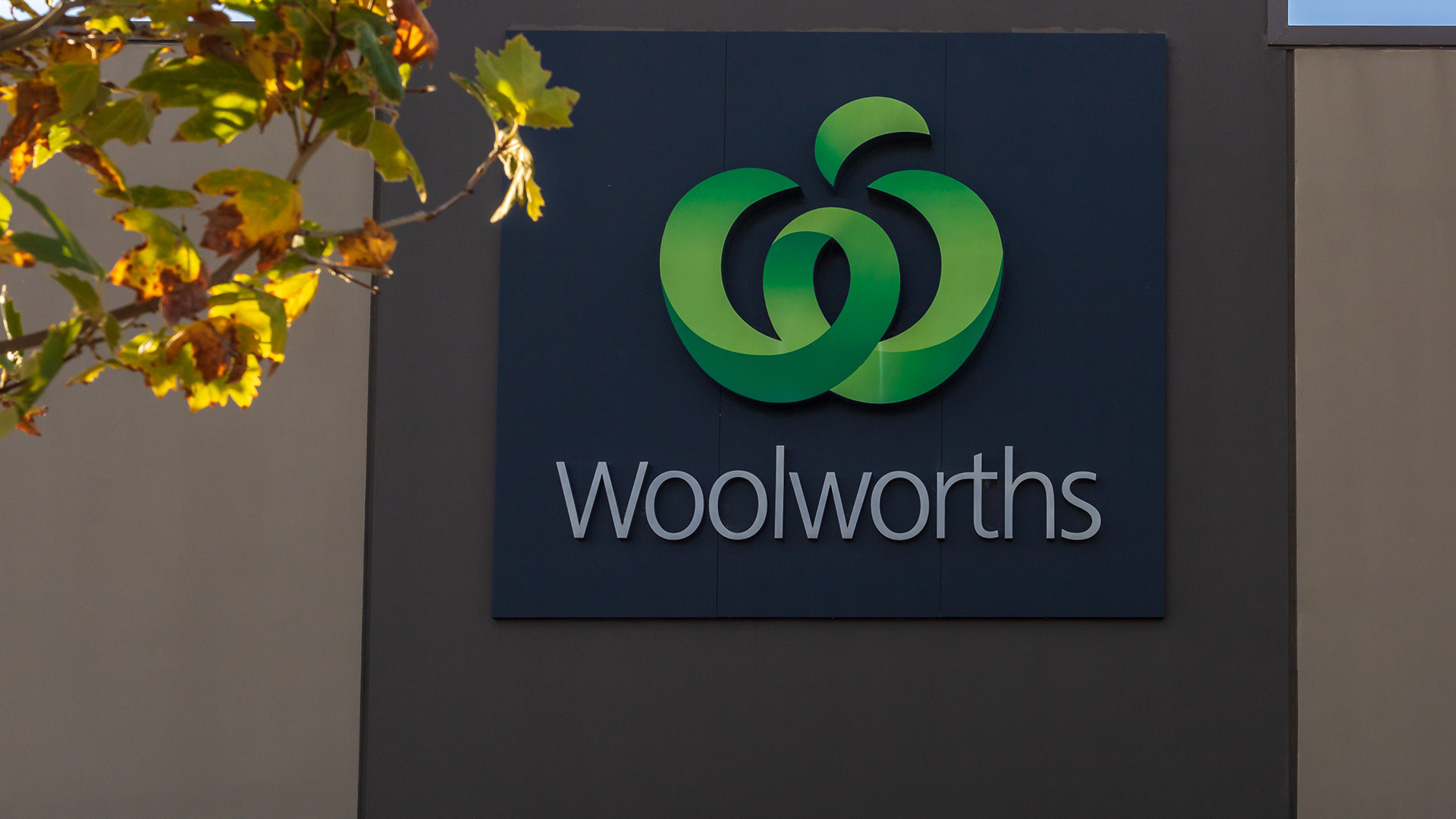There was nothing in yesterday’s dump of economic data to force the Reserve Bank off its ‘wait and watch’ stance on interest rate movements ahead of the central bank’s board meeting later today.
But there was the suggestion than the June quarter GDP figures could be a bit weaker than expected, as business indicators revealed no movement in inventories in the June quarter, and a big fall in company profits that was only partly offset by a surprise rise in wages and salaries.
Other data showed a slight easing in new home sales in July, but nothing dramatic, and no change to the continuing low level of inflation.
But a surprisingly strong rise in wages and salaries in the June quarter will add to GDP. Economists expressed surprise at the strength of the increase, the strongest for 18 months.
Business stock remained flat in the June quarter (seasonally adjusted), according to the Australian Bureau of Statistics business indicators report, meaning companies either sold off excessive stocks, or cut orders to match consumer demand.
The ABS said on Monday that seasonally adjusted inventories for the three months were the same as the March quarter. Year-on-year, stocks were up just 1%.
Inventories feed into the expenditure measure of GDP growth, which also takes in consumer and government spending and exports.
The ABS also published sales and profits figures on Monday. Sales in manufacturing were down 0.5%, seasonally adjusted, for the quarter and 5.8% for the year to June.
Wholesale sales dropped 0.4% from the March quarter, but rose 1.6% over the year.
The ABS said gross operating profits dropped 1.9% from the March quarter and 3.9% over the year to July. Companies in the financial and mining industries accounted for the biggest quarter-to-quarter profit falls. Gross operating profits in the financial-and-insurance-services sector fell by 38.9%, while the mining industry saw a 9.9% decline.
The sales data feeds into the production measure of GDP growth, which reflects output in agriculture, mining, manufacturing, wholesale trade, financial services, retail trade and other business segments.
The profits data feeds into the income-based measure of growth, because they accrue to companies and investors in the form of dividends. So do wages and salaries and they were up a surprisingly strong 1.1% in the quarter and 1.6% for the year.
It is the fifth quarter in a row that overall company profits have fallen, as a mining-investment boom slows, according to the revised figures published yesterday.
Meanwhile, sales of new homes eased in July but remained at historically high levels.
The Housing Industry Association (HIA) said its survey of large volume builders showed sales of new homes slipped a seasonally adjusted 0.4% in July, from June.
Sales of detached homes rose 0.7% in July, but multi-units sales fell 4.2%.
Overall, economists say GDP rose 0.5% in the June quarter, giving an annual rate of 2.2%.
And, private credit data from the Reserve Bank yesterday was stronger than expected, showing demand for credit which is a bit better than expected,e specially from business. But home loans to investors slowed noticeably for the first time in months.
The RBA’s financial aggregates for July show total credit rose 0.6%, up from 0.4% in June and after rising 0.4 per cent in June and 0.4% in July of last year.
Over the 12 months to July total credit growth rose 6.1%, up from the 5.1% in the previous year and 5.9% in the year to June this year.
Business credit rose 0.7% in July after inching only 0.1% higher in June.
Business loans lifted 4.8% over the year, compared with a 3.4% a year earlier.
Meanwhile, personal credit growth was flat in July, after rising 0.3% in June. This is not important.
For the twelve months to July, housing loans rose 7.4%, but loans to housing investors slid to 0.6% in July (from 1.0% in June), and the annual rate was 10.8%, from 11.1%, which was the strongest growth since August 2007. That will please the RBA and the banking regulator, APRA.













